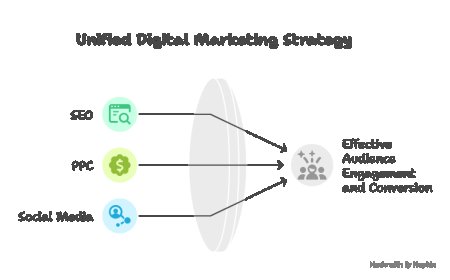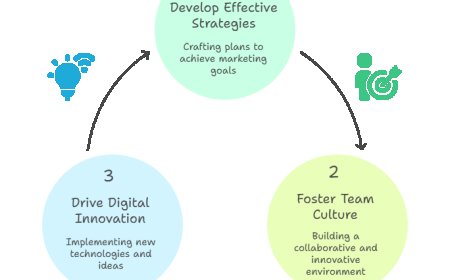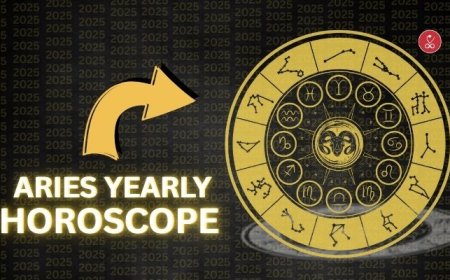Decision Tree vs. Human Intuition: What Every Decision Maker Should Know
Decision Tree vs. Human Intuition: What Every Decision Maker Should Know
In todays fast-paced and high-stakes business environment, making the right call can be the difference between growth and stagnation. Whether the choice involves investment strategies, hiring decisions, or operational shifts, the role of the decision maker is critical. But how should decisions be madethrough data-backed tools like a decision tree, or through the natural insight of human intuition?
Both methods have their merits. A decision tree provides a logical, structured approach, while intuition draws from experience and instinct. This article explores how these two approaches compare and what every decision maker should consider when choosing between them.
Understanding the Decision Tree
A decision tree is a visual and analytical tool that helps break down complex decisions into a series of choices and outcomes. Its often represented as a branching diagram, where each node leads to multiple options and consequences. The tool is widely used in business analysis, machine learning, project planning, and risk assessment.
Key advantages of a decision tree:
-
Provides a clear visual structure
-
Considers all known variables and outcomes
-
Supports data-driven analysis
-
Helps calculate probabilities and expected values
-
Offers transparency in decision-making
A decision maker using a decision tree can assess risk, compare outcomes, and make informed choices based on logic rather than guesswork.
The Power of Human Intuition
On the other hand, human intuition is the ability to make decisions quickly, often without deliberate reasoning. It's built on experience, subconscious pattern recognition, and emotional intelligence. Many successful entrepreneurs and leaders rely heavily on gut feelings when making important decisions.
Strengths of intuition:
-
Fast and instinctive, useful in time-sensitive situations
-
Informed by personal experience and learned behavior
-
Flexible and adaptive in uncertain or unfamiliar situations
-
Often effective when data is limited or unclear
A skilled decision maker with strong intuition can often make quick, confident decisions even in ambiguous environments.
Comparing the Two: When to Use What
For the modern decision maker, the question is not whether to use a decision tree or intuition, but when to use each. The most effective decision-makers know how to balance both.
Use a Decision Tree When:
-
The problem is complex and includes many possible outcomes
-
Reliable data is available to calculate probabilities and costs
-
The decision needs to be justified or presented to others
-
Long-term planning or high-risk outcomes are involved
A decision tree helps structure your thinking, removes emotional bias, and offers a clear logic trail.
Rely on Intuition When:
-
The decision is urgent, and theres no time for detailed analysis
-
You have deep experience in the area and can recognize patterns quickly
-
Data is missing, incomplete, or too costly to obtain
-
Soft factors like trust, relationships, or employee morale play a key role
An intuitive decision maker can read between the lines and spot opportunities or threats that data might overlook.
Combining the Best of Both Worlds
The smartest decision maker knows that intuition and analysis are not enemiesthey are tools that complement each other. In many scenarios, using a decision tree can clarify the logical structure of a problem, while intuition can guide which branch feels most viable based on experience.
For example:
-
Use a decision tree to outline all possible options and likely outcomes.
-
Then apply intuition to evaluate which path aligns with team culture, market timing, or customer expectations.
This hybrid approach brings together structured thinking and instinctive insight to create balanced, confident decision-making.
Common Pitfalls to Avoid
Whether relying on a decision tree or intuition, every decision maker should watch out for these common mistakes:
-
Overreliance on data: Not all variables can be quantified. Ignoring context or soft factors can lead to bad decisions.
-
Blind trust in intuition: Past success doesnt guarantee future accuracy. Intuition can be flawed by biases or emotional interference.
-
Ignoring alternatives: Focusing only on a preferred outcome limits creativity. A decision tree forces exploration of multiple possibilities.
-
Delaying action: Too much analysis can lead to paralysis by analysis. Likewise, rushing with gut instinct may skip critical steps.
Conclusion
In the end, every decision maker must develop the skill of knowing when to trust data, when to follow their instincts, and when to combine the two. A decision tree offers structure, logic, and clarity. Intuition brings experience, speed, and emotional intelligence. Together, they empower smarter, faster, and more balanced decisions.
In a world that rewards accuracy and agility, mastering both tools is essential. The best outcomes often come when insight meets analysiswhen the decision maker combines a clear process with trusted experience.


















